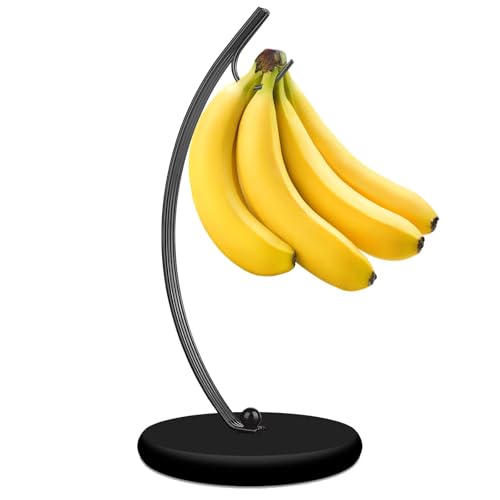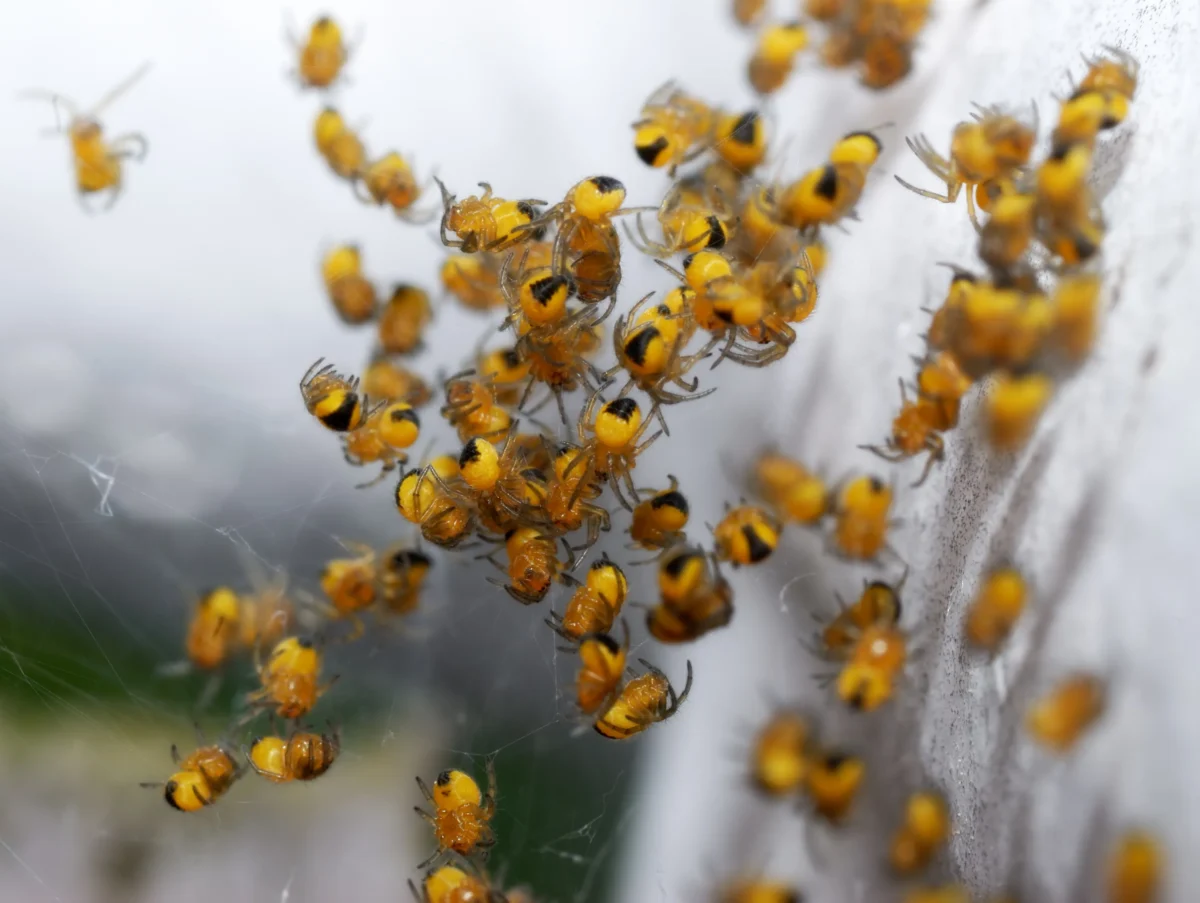Exploring the Surprising Similarities Between Banana and Mango Trees
Bananas and mangoes are two of the most popular fruits worldwide, and they have more in common than you might think. While they may come from different trees, there are many similarities between the banana and mango tree that affect the growth and harvesting of these delicious fruits.

In this article, we’ll start with an introduction to both the banana and mango tree, examining their history and cultivation. Then, we’ll discuss the similarities between these two trees and how they impact the growth and harvesting of these fruits. Finally, we’ll look at the nutritional benefits of both bananas and mangoes, highlighting why these fruits are a great addition to any diet.
If you’re looking to learn more about bananas and mangoes and want to understand the connections between these two fruits, keep reading!
An introduction to the banana and mango trees.

Bananas and mangoes are two of the most popular fruits in the world, known for their sweet and juicy flavors. Both these fruits have their origins in tropical regions of the world, where they thrive in warm and humid climates.
The banana tree is a tall herbaceous plant that belongs to the Musaceae family. It is native to Southeast Asia but is now grown in many parts of the world. The banana plant has a pseudostem that grows up to 30 feet tall, with large leaves that can be up to 9 feet long and 2 feet wide.
Bananas are actually berries that grow on clusters called hands, which can weigh up to 100 pounds. They come in different varieties, including Cavendish, Lady Finger, and Plantain. Bananas are rich in nutrients like potassium, vitamin C, and fiber.
On the other hand, mango trees belong to the Anacardiaceae family and are native to South Asia. These trees can grow up to 100 feet tall with a broad canopy of leaves. Mango fruit comes in various shapes like oblong or kidney-shaped with green or yellow skin when ripe.
Mangoes have a sweet flesh that is juicy when ripe; it’s also packed with nutrients such as vitamins A & C along with antioxidants like polyphenols! They’re also rich sources of dietary fiber which aids digestion by promoting healthy gut flora!
In conclusion, bananas and mangoes are tropical fruits loved by many people worldwide due to their unique taste profiles combined with numerous health benefits!
What are the similarities between bananas and mangoes?
Banana and mango trees may seem like vastly different plants, but upon closer inspection, they share several similarities that are worth exploring.
Firstly, both banana and mango trees belong to the same family – Musaceae. This means that they share many genetic traits and characteristics that make them similar in terms of growth patterns and overall appearance.
Another similarity between these two trees is their fruit production. Both bananas and mangoes are known for their delicious, sweet fruits that are popular all around the world. In fact, both of these fruits are considered some of the most popular tropical fruits on Earth!
Additionally, both banana and mango trees require warm climates to thrive. They prefer temperatures above 60 degrees Fahrenheit and need plenty of sunshine to grow strong and healthy.

Interestingly enough, both banana and mango trees also have a reputation for being relatively low-maintenance plants. While they do require proper care to ensure healthy growth (such as regular watering), they generally don’t need as much attention as other types of fruit-bearing plants.
In conclusion, while banana and mango trees may seem like entirely different species at first glance, they actually share several striking similarities that make them fascinating subjects for study. Whether you’re a fruit enthusiast or simply curious about botany in general, there’s no denying that these two plants offer plenty of food for thought!
How do the similarities affect the growth and harvesting of the fruit?
The similarities between different types of fruit can have a significant impact on their growth and harvesting. Bananas, for example, share many similarities with other fruits such as plantains and mangoes. Understanding these similarities can help growers optimize their crops for maximum yield and quality.
One key similarity between bananas and other tropical fruits is their reliance on warm, humid environments to thrive. This makes proper irrigation and temperature control essential for successful cultivation. Additionally, all three fruit types are susceptible to similar pests and diseases that require diligent management to prevent crop loss.
Another important similarity is the way in which these fruits develop. Bananas, plantains, and mangoes all grow from trees or large plants that produce clusters of individual fruit pieces. These clusters must be carefully monitored during the growth process to ensure each piece reaches its full potential before harvesting.
Overall, understanding the similarities between different fruits can help growers make informed decisions about how best to cultivate them for optimal production outcomes. By leveraging this knowledge alongside advanced technologies like precision agriculture systems and genetic engineering techniques, we may be able to unlock even greater levels of productivity in the future.

The nutritional benefits of bananas and mangos.
« which banana brand is best
why bananas can’t be refrigerated »
Bananas and mangoes are two of the most beloved fruits around the world, not just for their delicious taste but also for their nutritional benefits. These fruits are a rich source of vitamins, minerals, and antioxidants that can help improve overall health and well-being.
Bananas are an excellent source of potassium, a mineral that is essential for healthy heart function. They also contain vitamin C, which helps boost the immune system and protect against infections. Additionally, bananas have high fiber content which can help regulate digestion and maintain healthy blood sugar levels.
Mangoes on the other hand are packed with vitamin A which is important for maintaining healthy skin and eyesight. They also contain vitamin C like bananas which can help strengthen immunity against diseases. Mangoes have high levels of antioxidants such as beta-carotene that may protect against some types of cancers.
Moreover, these fruits are low in calories which makes them a great option for people looking to shed some pounds or maintain weight loss goals without compromising on taste or nutrition.
In conclusion, incorporating bananas and mangoes into your diet can provide amazing nutritional benefits to support optimal health. Whether eaten alone or blended into smoothies or other dishes they provide a delicious way to incorporate key nutrients into your daily routine!
Check out our other articles to find out even more about banana.
Bananas and mangoes are two of nature’s most popular fruits, but they share more in common than you might think. From their similarities in growth and harvesting to the impressive nutritional benefits each provide, it’s clear that these fruits have a special relationship. If you’re looking to learn even more about bananas, be sure to check out our other articles!














